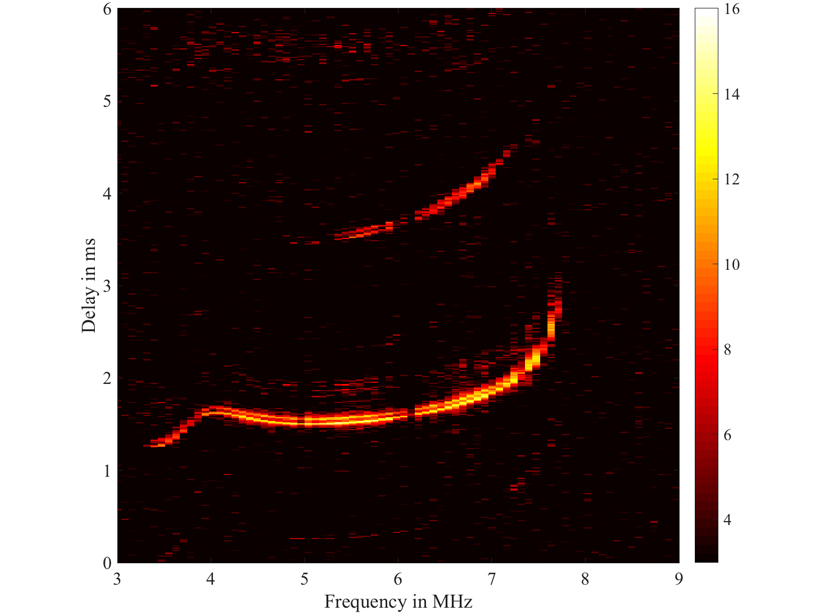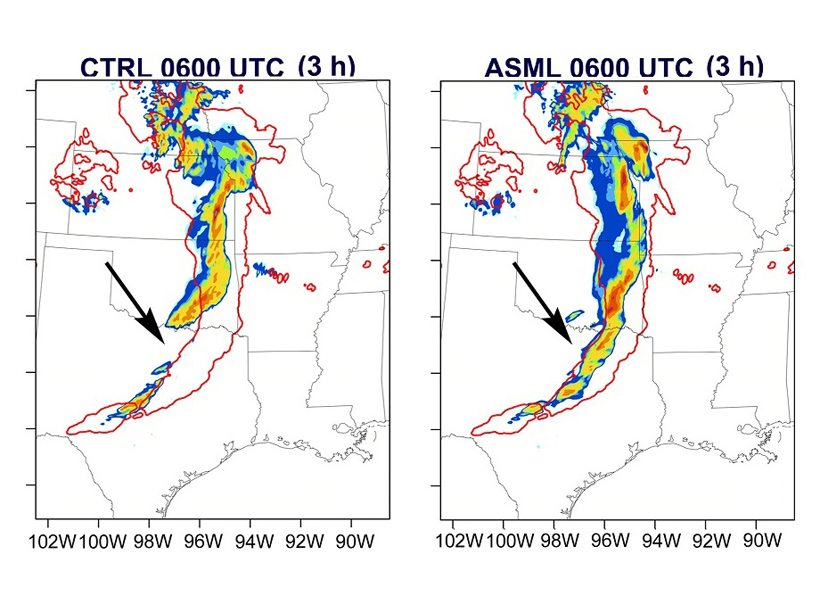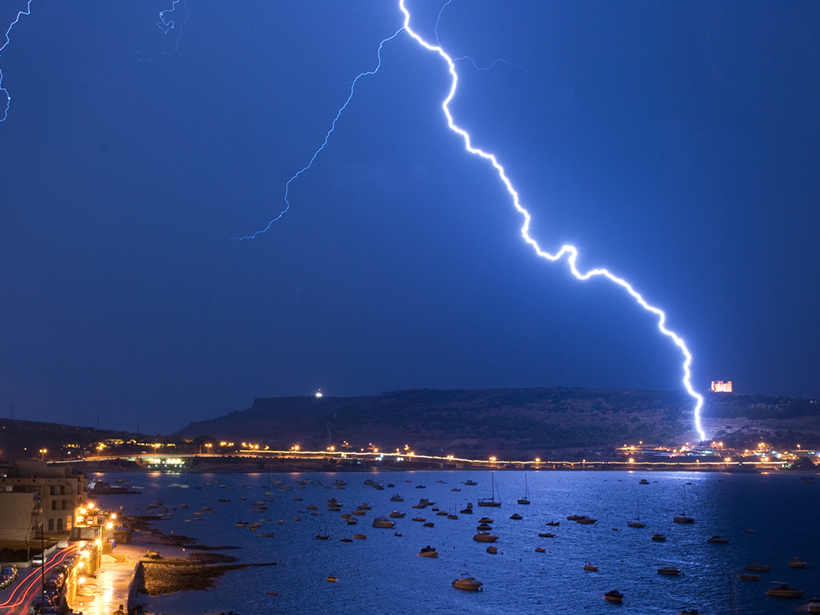The three-dimensional distribution of electron density in the Earth’s ionosphere could be obtained using the broadband radiation of naturally occurring lightning discharges.
lightning
What Makes a Terrestrial Gamma-Ray Flash in Thunderclouds?
Two lightning flashes were observed in the same location: One produced a bright gamma-ray flash with about 1000 counts per millisecond, but the other did not.
Polarization Measurements Probe the Physics of Lightning
A new measurement capability can detect the polarization of the radio frequency wave of lightning sources, which reveals different forms of lightning breakdown processes.
Lightning: A New Essential Climate Variable
Lightning is a symptom and a cause of climate change. A recently established task team is working to make lightning data available and useful for climate science and service applications.
High-Energy Processes in Earth’s Atmosphere and Lightning
Thunderstorms and Elementary Particle Acceleration (TEPA-2017) Symposium; Nor Amberd, Armenia, 2–6 October 2017
Monitoring Tropical Cyclones with Lightning and Satellite Data
A new storm-following tool continually watches for lightning over the open ocean. Combined with satellite microwave data, the new real-time observations will improve forecasts of tropical cyclones.
New Model Predicts Lightning Strikes; Alert System to Follow
Data from thousands of past storms help guide a new forecast model that predicts where and when lightning may hit.
Lightning Data Improves Precipitation Forecasts
Short-term forecasts of precipitation and convection can be improved when lightning data are assimilated in the Weather Research and Forecasting system.
Lightning Strikes May Leave Traces Like Those of Meteorites
Scientists have long interpreted shocked quartz as definitive evidence of a past meteorite impact, but the shock wave caused by lightning striking granite also produces this distinctive feature.
When Ice and Lightning Align
A new technique can remotely sense strong electrical fields within storm clouds.










